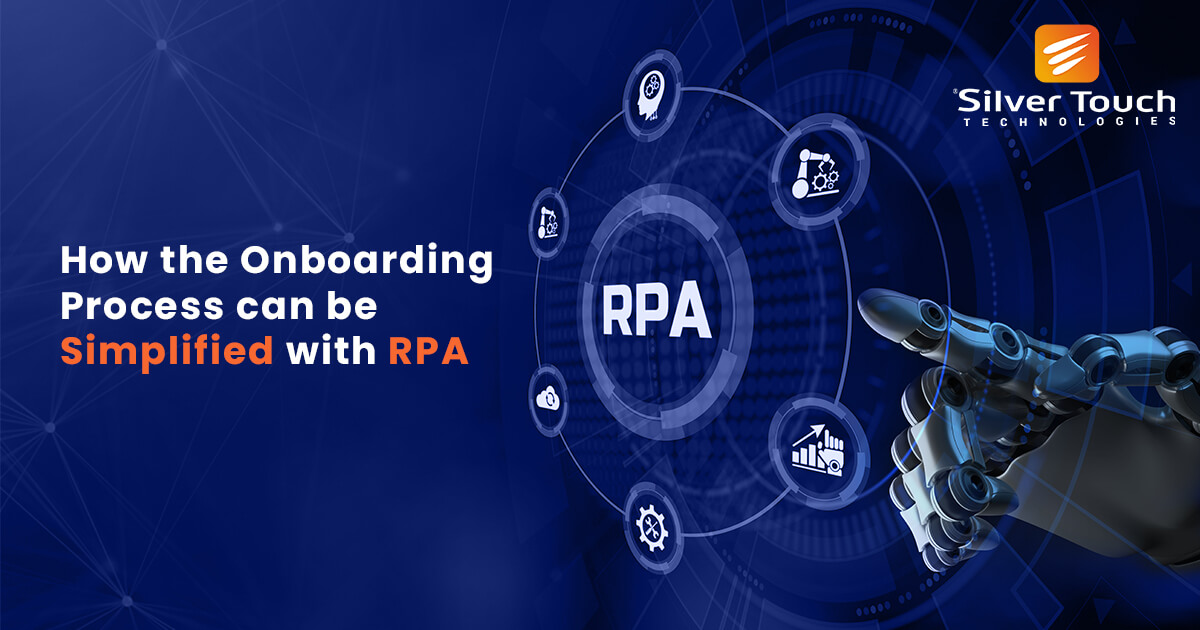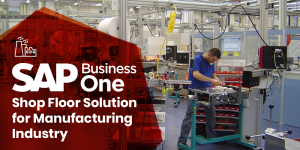Robotic Process Automation (RPA) is a key component in streamlining daily processes in the human resources domain that are typically repetitive, rule-based, and time-consuming for industry staff. This includes hiring new employees for a firm; the very mention of it conjures up countless roles and duties that can be automated to make the process more efficient and straightforward. By executing RPA Onboarding Process, organisations can enormously decrease manual effort, enhance accurateness, and enrich the overall employee experience.
Streamline and add value to The Staff Onboarding Process
In addition to performing routine HR department duties like collecting resumes, finding applicants who fit specific job criteria, and assessing them, the robots are also in charge of making sure the new employee’s integration process runs smoothly and quickly.
Automation spares us from repeatedly filling out forms with the same information and enables us to compile all of the personally identifiable information of recently hired employees in one location.
RPA (Robotic Process Automation) can take care of completing a good amount of information on these forms, based on the job application that the new collaborator had already filled out previously. There, data such as names, surnames, addresses, and other personal answers that do not need to be consulted again were contemplated. And best of all, it is done by the robot with the minimum chance of error!
Following the hiring of new employees, RPA arranges for the supervisors in charge to have introductory meetings. within these sessions, topics like as job Training, performance reviews, and recertifications within the first few weeks of employment with the new company are covered.
In addition to expediting the hiring process, effective data management with the active involvement of RPA has an additional benefit: it gives the new employee a sense of recognition and value from the person who hired them, enabling a highly customised path towards their integration into the company.
In addition to these concrete benefits, RPA adds much more to the daily tasks of human resources:
- An intuitive and interactive user interface that anyone can utilise without the requirement for IT expertise.
- Quicker data location and better data quality.
- Employees in human resources can devote more time to building genuine connections with recently hired staff members and exploring topics like organisational culture and values.
- The robot must update the information, even if the data (such as phone numbers or addresses) changes over time.
- By depending on the established workflow, it also guarantees that the new collaborator gets access to all the company’s information.
- The software carefully saves the data of new hires, thus guaranteeing the confidentiality of the information provided and access only to assigned users.
- Reduces the costs of storing a large physical amount of paper.
- Scalability: the capacity of the RPA software adapts according to the demand for personnel recruitment at certain times.
- RPA guarantees compliance with HR regulations (which are constantly changing) to avoid unwanted fines that, if present, could mean a higher expense for the company.
- Simplify paperwork and add value to HR with RPA
With RPA, the onboarding process for new hires can be completed in a matter of days instead of months, which means that you can hire staff much more quickly and efficiently. This benefits not only the HR department but the entire business. Previously, the onboarding process could take up to a month.
Take your Business to the Next Level with RPA Software
RPA – How to implement?
Robotic process automation has proven so effective for the businesses that implement it that, according to research, 85% of large companies will have adopted some form of RPA software by the year 2025.
The processes that are linked to the implementation itself are very agile, simple, and intuitive. However, it is necessary to do some planning and some preliminary analysis so that the company can really take full advantage of the benefits and possibilities of RPA. Here are some tips on what to do!
Decide Which Processes will be Automated!
Although robotic process automation has the potential to be dynamic and adaptive, not all processes can be automated using it. Thus, evaluating the organisation’s current processes to identify which may and cannot be automated should be the first step.
Define RPA Automation Procedures
After deciding which tasks will be automated, it is important to decide how the automation will be implemented and what the rules for the robots will be. Given the great degree of customisation that robots ensure, knowing what your business requires is critical to the effectiveness of automation and the achievement of the intended outcomes.
Guide Your Team
Employee education is crucial to ensure that they understand the company’s rationale for using RPA and what is expected of them individually now that a portion of their work will be automated.
To help the team better grasp the opportunities and benefits of automation within the context of Digital Transformation, it is crucial to share with everyone not only the operational side of robots but also the strategy that led to the choice.
Manage the RPA lifecycle!
After implementing the automation tools defined for the processes and the needs of the company, it is necessary to monitor the automation to ensure that it is generating the expected results.
Summary
Lastly, to help you better understand, Silver Touch Technologies UK Ltd is the company to contact if you want a positive return on your investments in robotic process automation. to do market research, find suppliers, look for the best profile to meet the objectives of the business, and assess the service provider’s contract. The next step is to work with Silver Touch UK to identify the operations that can be automated. From there, you can educate professionals about the role robots play in these processes, including professional profiles, new employee requirements, and how each employee fits in.
It is especially important to keep RPA simple, without adding too much complexity to the system, mainly to facilitate the interface and handling and also to speed up possible maintenance.
Another indispensable tip of Silver Touch UK is to test implementations frequently so that deficiencies can be corrected. After all, once the system is inserted, doubts arise, and adjustments are extremely necessary.





